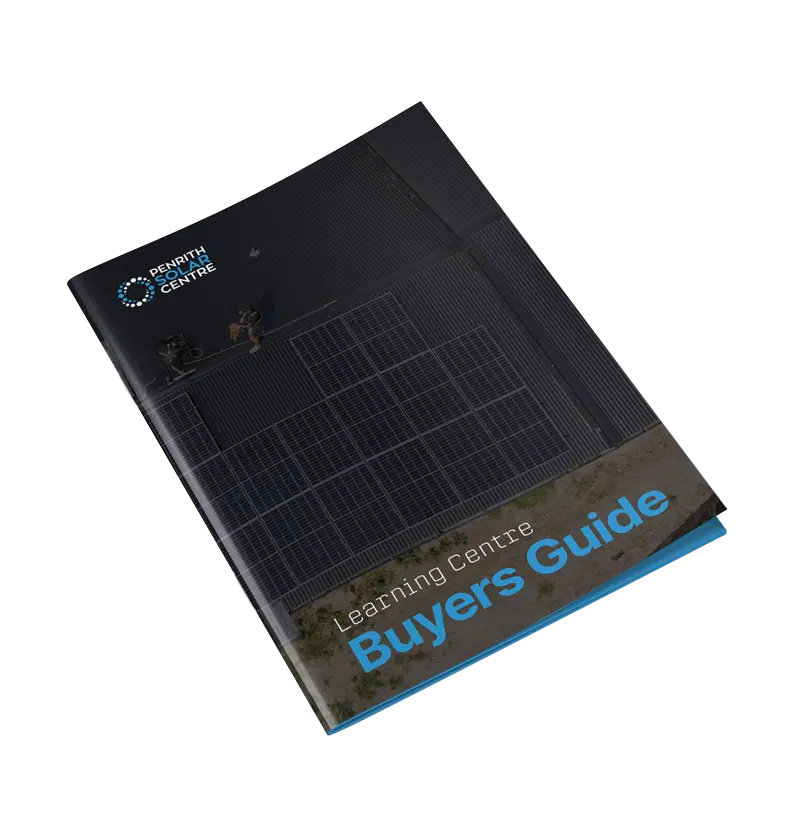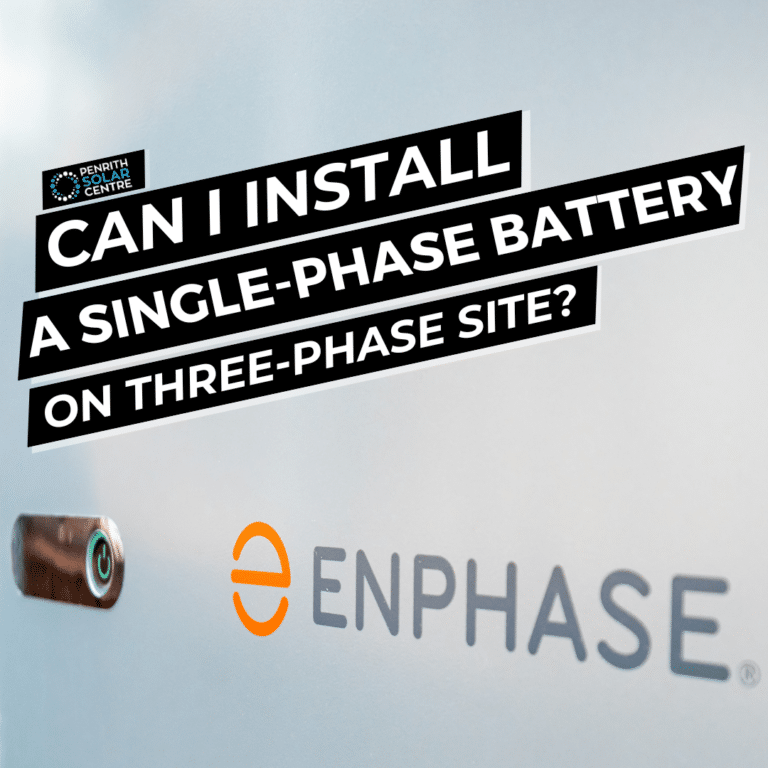Surely by now you would have heard the term ‘feed-in tariff’ get thrown around a bit. Whether you have rooftop solar system installed or not, it’s probably come up in conversation at work or among the chatter of other parents at your kids’ soccer practice. But, if you’re like most Australian homeowners, you have absolutely no idea what they’re talking about – even if you are one of the 22% of Australians that have rooftop solar. In this article, we will help you to better understand solar feed-in tariffs and how a single phone call can maximise your return on investment to save your household hundreds of dollars a year, because it really is that simple.
What is a solar feed-in tariff? (FiTs)
A solar feed-in tariff is the amount you are paid per kilowatt-hour for solar electricity exported from your PV system to the mains grid. This is also referred to as the “buyback rate”. This is not to be confused with Australia’s ‘solar rebate’.
“The rates are less generous in some cases than they used to be some years ago. However, this doesn’t make solar power any less of a good investment – in fact, it’s quite the opposite; particularly given how much mains electricity has gone up in price since that time and the decreasing cost of installing solar power.”
– Finn Peacock, SolarQuotes 2019
How solar feed-in tariffs work
As we mentioned before, solar feed-in tariffs are a payment for electricity sent back to the grid that has been generated from your solar panels. It’s quite simple really, electricity generated by your solar panels is used to power your home and any excess electricity is then sent back to the grid (or a solar battery if you have one installed) and your electricity retailer ‘buys back’ that electricity.
When an electricity retailer ‘buys’ your electricity it appears as a subtracted amount on your electricity bill. It’s not uncommon for some households to get credit from their electricity retailer, effectively selling so much back to the grid that it pays the entire electricity bill, and then some.
Read the fine print
The best electricity plan for solar owners has a balance of high feed-in-tariffs, low usage tariffs and low daily charges. 21 cents vs 8 cents has seen a typical client receive an extra $400 per year in feed-in tariff.
Let’s compare two proud homeowners, David and Jane, both of whom reside in Penrith with a typical 6.6kW rooftop solar system. David has an excellent feed-in tariff of 21 cents per kWh and Jane is rather unfortunate, only receiving 8 cents per kWh for her feed-in tariff.
A typical 6.6kW system in Penrith will generate 9,395kWh per year on average. For example, let’s assume that David and Jane both produce 9,395kWh per year, and both consume approximately 40% of the electricity generated from their system. If 5,637kWh per year are sold back to the grid then:
Exported kWh x feed-in tariff = savings
So:
5,637 x 0.21 = $1,183.77
David earns $1,183.77 per year from feed-in.
5,637 x 0.08 = $429.36
Jane earns $429.36 per year from feed-in.
See the difference? Make that $400 phone call today for yourself.
At Penrith Solar Centre, we have a 35kW system installed on our roof, pumping out a whopping 49,822kWh per year. We use about 50% of the electricity generated from our system, which means we’re still selling a lot back to the grid and we want to make the most of that. So, we made sure to choose an energy retailer with a great feed-in tariff.
We ultimately came to choose AGL. We were able to negotiate our plan with AGL to get a feed-in tariff of 21 cents per kWh. Not bad, eh?
Loyalty is dead
Companies prefer to incentivise new clients rather than reward current clients. What was once a company’s greatest asset is now a remnant of a time long passed. For some industries and businesses, loyalty it still is one of the most valuable and sought after qualities that a customer can possess but, unfortunately for you, your electricity retailer is not one of them.
When it comes to choosing an electricity retailer, it’s very much a similar scenario to deciding on a phone network provider. You need to choose the company with the best benefits for the best value for money, and over time, this can change. When your contract is about to expire, shop around to find the best solar feed-in tariff and purchase rates.
If you have been a loyal customer for some time, your retailer may be willing to provide a loyalty discount or negotiate a better deal. But usually, the offer they make isn’t near as good as other plans on the market. Look around for what other plans are on the market and see if your provider can either match, or beat that plan.
In the event that you aren’t satisfied with the final offer and there is a better option for you elsewhere on the market, then by all means, take the better offer with a different electricity retailer. It only takes a single phone call to save hundreds of dollars per year. You installed solar to save money and help the environment, and that’s what you’re going to do.
Remember to take into account things other than the feed-in tariff, such as the plan duration, export limits, daily supply charges, servicing fees, and variable rates. ALWAYS to read the fine print.
If you’re struggling to decide on your energy service plan, or just started looking into solar, then get in touch with us; we would love to hear your questions. Our expert team will guide you to making the right choice for your home or business. Maximise your return on investment today, make the call!










